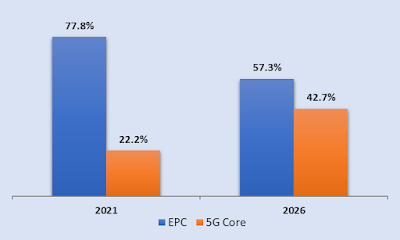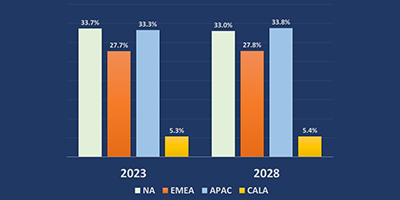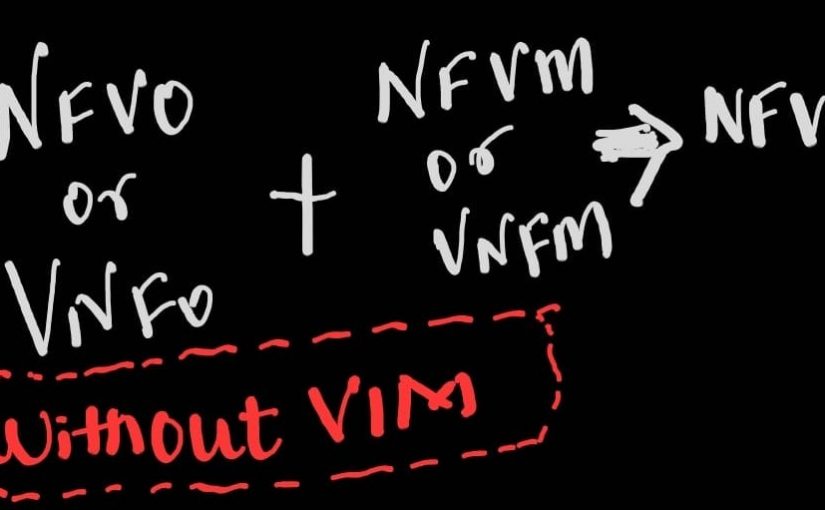AI burden in RAN – 5G Wins!
Does 5G wear the AI burden more lightly in the RAN than earlier ‘older’ generations?
Most certainly! We aver in our upcoming report, “AI ML and DL in the Mobile Core”.
To be sure, there was no shortage of motivation for the usage of AI in 4G, or for that matter ANY generation of RANs. Let us look at 4G networks alone.
4G networks offered a quantum leap in terms of throughput over its predecessors. That aspect alone would have incentivized telcos to view their RANs from the prism of AI-enabled insights. To be sure, they did.
Then there was energy management. Practices and the possibility of using AI and ML technologies in energy management precede the advent of 5G RAN. The case for traffic optimization in the pre-5G era was advanced greatly by the hybrid mode of deployment - the 5GC coupled with old radios as the hybrid mode offered a spectacular rise in throughput, enough to keep network planners interested in AI and ML-based constructs.
A full-blown 5G network is a different entity altogether. At its absolute pinnacle, which we are still approaching, 5G promises to be a smoothly functioning ecosystem of multiple networks – each with its optimal coding pattern, paving way for advanced AI and ML-based management technologies.
5G is not merely a quantum jump in data throughput, it is also a spectacular expansion of the bouquet of services that telcos can offer. This aspect makes energy management considerably more pressing and acute as a concern, necessitating exploration of AI and ML technologies.
And then there is network slicing.
Are we there with real network slicing yet? Not really, skeptics may emphatically say.
Are we going to be there in the near future? There can be no doubt about it though.
Network slicing will be almost singularly responsible for 5G network planners to turn towards intensive application of AI and ML technologies in traffic optimization. Just look at how closely the RIC partner ecosystem of leading lights resembles a real marketplace. It’s not just the diversity of options, it is also the depth to which some of them go. Such is the seminal facilitating impact of the RIC that we have a very real possibility of disaggregation and programmability of the physical layer from the DU.
So yes, 5G rules!
|
RELATED BLOGS

Future of 5G Core – Putting it in Numbers

What Drives AI in Network Optimization Globally?


